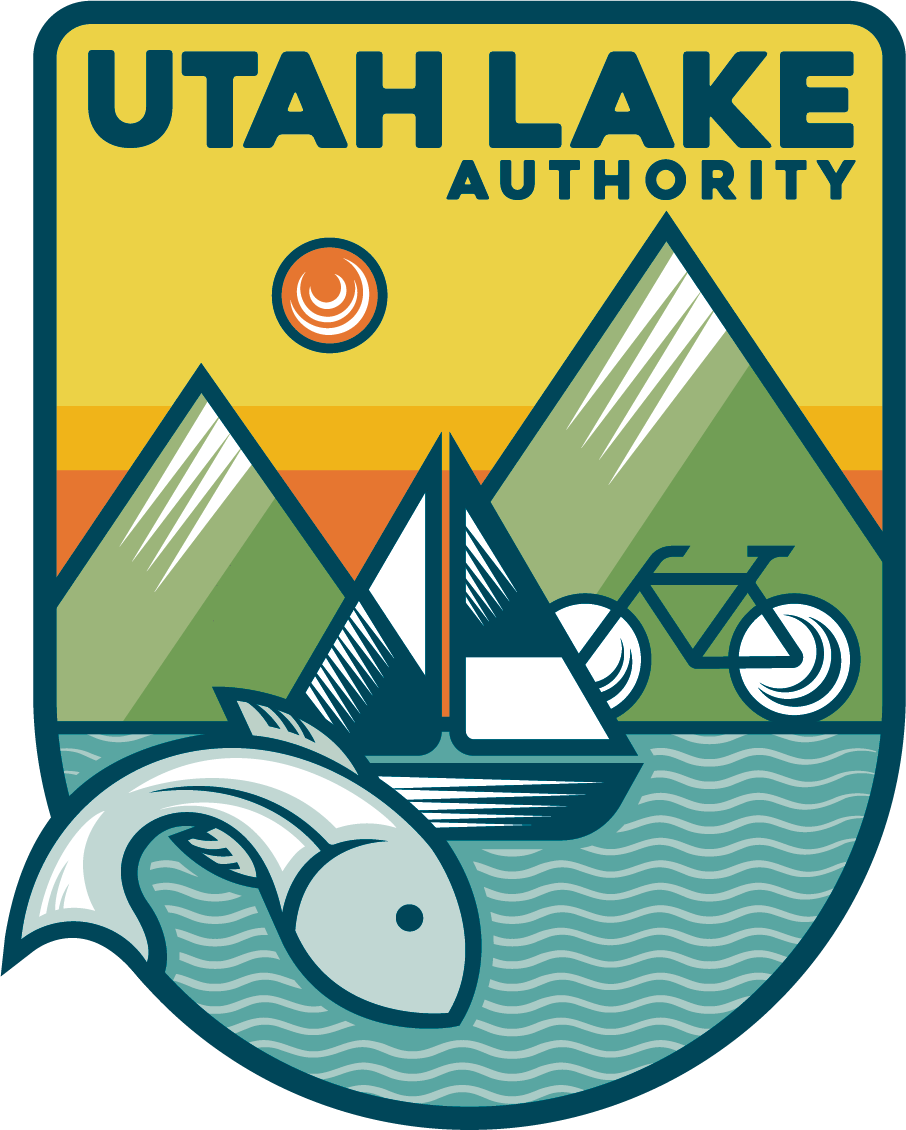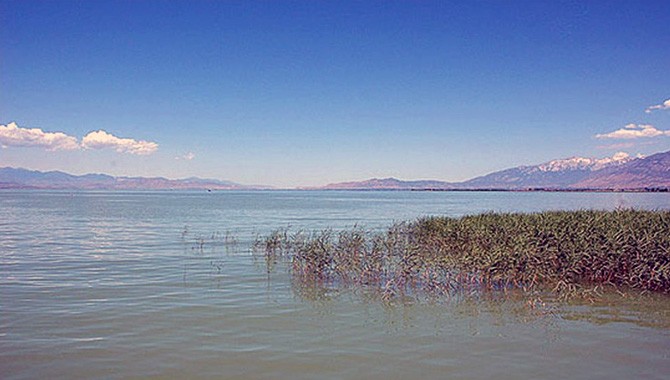Catching fish can be exhilarating, while not catching fish can be frustrating. With that in mind, here are a few helpful tips to consider to maximize your next haul:
- Understand that fish congregate in “holes” or pools (not shallow water). How can you find that on a lake? Look for dark spots or boat out to the middle. Or better yet, Google a topographic map of your area. Then look for a any drops in elevation under water to create a depression or pool. It’s a great indication that you’ve found a hole.
- Fish where fish are biting. This seems like a “no-brainer,” but some people seem to think they should move spots after catching a fish, particularly on a river or a stream. Not so. Stay as long as they are biting and don’t move until they stop.
- Check local fishing reports for bait ideas. These will tell you current conditions, what’s biting, etc. Basically, a little research online beforehand goes a long way towards catching more fish. When in doubt, ask someone. For instance, I just asked a sporting goods clerk what to use on the Provo River just upstream from Utah Lake. He told me spinners. I used a spinners and caught one after only a few casts, something I wouldn’t have known if I didn’t ask.
- Target a specific kind of fish. In addition to the above, it’s a lot easier to catch something if you know what it is and how it behaves. Here’s what you can expect from Utah Lake for example, but even that varies depending on the time of year, so fishing reports will help there, too.
- Look for hard to reach spots with calm water and lots of sun. Heavily fished areas don’t have as many fish as harder to reach ones. So venture to the road less traveled and your fishing net will thank you.
Readers: What other tips and guidelines do you follow to catch more fish?
See also:


Another option which is the easiest route is to invest in a fish finder. The more inexpensive models will show you the fish where you are. The more expensive models have maps either loaded into them or can be loaded into them. Another feature some have is the capability of recording and storing the sonar charts for future use.